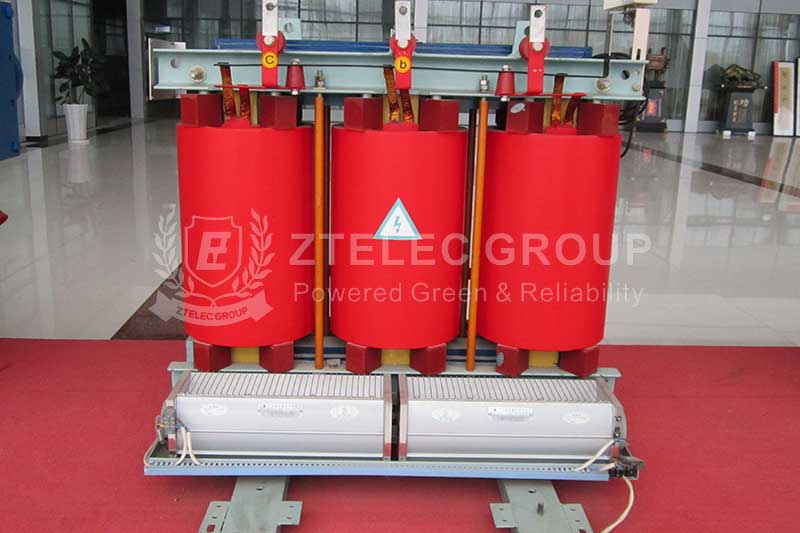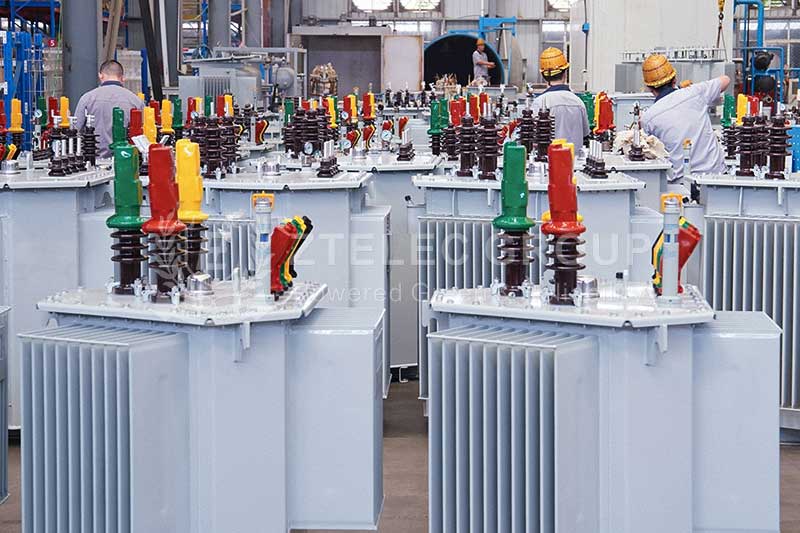Detailed Guide to Transformer Voltage Conversion: Principles, Process, and Applications
Transformers are essential components in modern power transmission and distribution systems. By utilizing the principle of electromagnetic induction, transformers enable efficient AC voltage conversion while maintaining the frequency. This article provides a comprehensive explanation of transformer voltage conversion, covering core concepts, physical mechanisms, key technologies, and practical application precautions.

1. Understanding Transformer Voltage Conversion
A transformer is a static electrical device designed to change AC voltage levels through electromagnetic induction. It consists mainly of two windings: the primary coil and the secondary coil. The voltage transformation is achieved by altering the turn ratio between these coils. Importantly, transformers do not change the type of electrical energy—they only adjust the voltage-current ratio while preserving the power, apart from minor losses.
2. Physical Process of Voltage Conversion
AC Current Generates Magnetic Field: When alternating current flows through the primary coil, it produces a time-varying magnetic field. This field is transferred through the transformer core—typically made of high-permeability materials—to the secondary coil.
Magnetic Induction Produces Voltage: As per Faraday’s Law of Electromagnetic Induction, the changing magnetic flux induces a voltage in the secondary coil. The induced voltage is proportional to the number of turns in the coil.
Turn Ratio Controls Voltage Output: - If the secondary coil has more turns than the primary, the transformer steps up the voltage. - If the secondary has fewer turns, it steps down the voltage. Under ideal conditions, the voltage ratio equals the turn ratio. For instance, a 1:2 turn ratio yields a voltage increase in the same proportion.
Current and Power Balance: While voltage changes, current adjusts inversely. The coil with more turns carries lower current, and the one with fewer turns carries higher current. This inverse relationship ensures that the input power roughly equals the output power, excluding minor losses.

3. Key Technologies in Transformer Design
Iron Core Function: The transformer core, made from high-permeability materials, focuses the magnetic field and minimizes losses. A well-designed core significantly enhances energy transfer efficiency between coils.
Winding Structures: - Concentric Winding: Both windings are layered on the same core leg, suitable for compact, low-power transformers. - Overlapping Winding: Alternating coil placement improves magnetic coupling and is ideal for high-capacity transformers.
Efficiency and Losses: - Copper Loss: Caused by resistance in the winding, producing heat and energy loss. - Iron Loss: Occurs in the core due to alternating magnetic flux. It includes hysteresis and eddy current losses. Minimizing both copper and iron losses is key to improving transformer efficiency.
Frequency Matching: Transformers are frequency-sensitive devices. Standard power frequencies are 50Hz or 60Hz. A mismatch can lead to increased losses or core saturation, affecting performance and safety.
4. Practical Considerations for Transformer Use
Load Matching: The transformer output must align with the connected load. Overload or underload conditions can lead to overheating, reduced efficiency, or equipment failure.
Insulation and Safety: Reliable insulation between windings and the core is critical to prevent short circuits and electrical hazards. Safety standards must be rigorously followed.
Voltage Regulation: Tap-changing transformers allow adjustment of the turn ratio to regulate the output voltage. This is useful for compensating voltage drops or adapting to load fluctuations in real-world applications.
Special Transformer Types: - Autotransformer: Shares windings between primary and secondary sides, offering compact size but lacking electrical isolation. - Multi-Winding Transformer: Provides multiple voltage outputs, making it ideal for complex power systems requiring diversified voltage supplies.
Transformer voltage conversion is a fundamental process that ensures reliable and efficient power delivery across various sectors. From core electromagnetic principles to practical applications, understanding the voltage conversion mechanism enables better design, operation, and optimization of transformers in both industrial and commercial settings.
- more+releated article
- 2025-10-21Application of K Factor Transformer
- 2025-10-21Detailed explanation about transformer model w
- 2025-10-2010kV Oil-Immersed Transformer Safety: Lightnin
- 2025-10-20What are The Advantages of Phenolic Cotton Clo
- 2025-10-17Are Three-Phase Isolation Dry-Type Transformer
- 2025-10-17G10 Epoxy Sheet: Choosing the Right Specificat
- 2025-10-1610kV Oil-Immersed Transformer Operation Inspec
- 2025-10-163240-B Epoxy Phenolic Glass Fiber Cloth Lamina
- 2025-10-15G10 Epoxy Sheet: The Preferred Insulation Mate
- 2025-10-15Analysis of Energy-Saving and Noise Control Te





